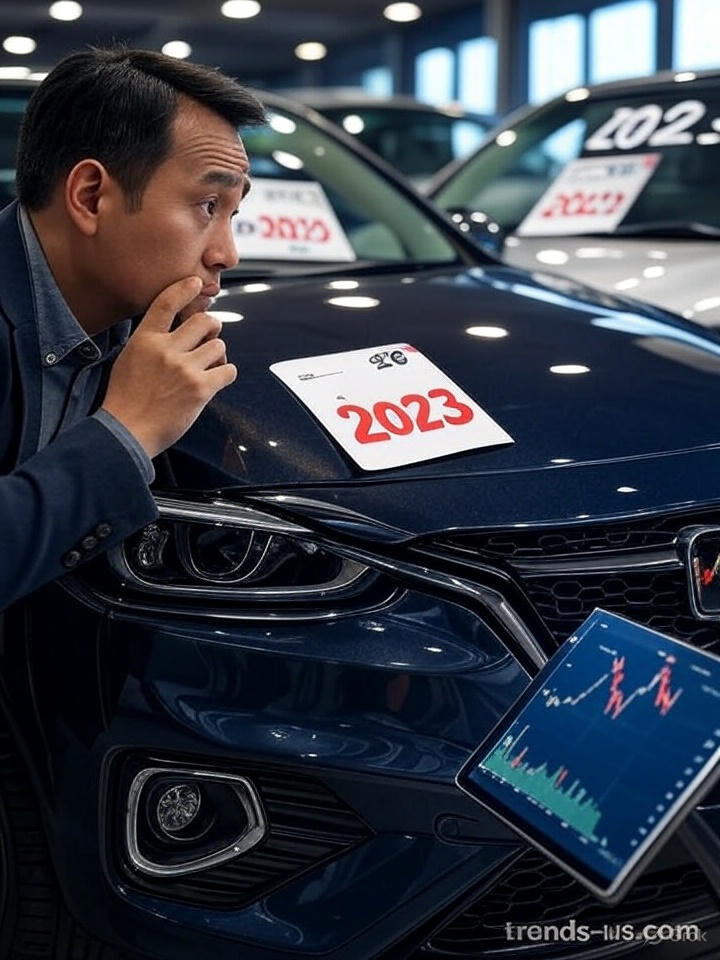Understanding the Surge: Why Car Prices Are Soaring in 2023
The automotive industry has experienced unprecedented fluctuations in car prices over the past few years, and 2023 is no exception. As consumers and industry experts alike grapple with this surge, it is essential to understand the multifaceted reasons behind these rising costs. From supply chain disruptions to changing consumer preferences, several factors are at play.
Supply Chain Disruptions

One of the primary drivers of soaring car prices in 2023 is the ongoing impact of supply chain disruptions that began during the COVID-19 pandemic. The automotive sector relies heavily on a complex web of suppliers for components such as semiconductors, metals, and plastics. The pandemic caused factory shutdowns and logistical challenges that have continued to ripple through the industry. As manufacturers struggle to source essential parts, production delays have become commonplace, limiting the availability of new vehicles.
Increased Demand for Used Cars
As new car production falters, many consumers have turned to the used car market, driving up prices in that segment as well. With fewer new vehicles available, buyers are competing for a limited supply of pre-owned cars. This surge in demand has led to inflated prices for used vehicles, further complicating the overall pricing landscape in the automotive market.
Inflation and Economic Factors
The broader economic environment also plays a significant role in car pricing. In 2023, inflation rates have remained elevated, impacting the cost of materials and labor in the automotive industry. As manufacturers face higher expenses, they often pass these costs onto consumers in the form of increased vehicle prices. Additionally, rising interest rates can make financing more expensive, further straining buyers’ budgets and influencing their purchasing decisions.
Shifts in Consumer Preferences
Consumer preferences have evolved significantly over the past few years, with many buyers now prioritizing electric vehicles (EVs) and hybrid models. As automakers pivot to meet this demand, they are investing heavily in new technologies and infrastructure. While this transition is crucial for sustainability, it also leads to higher production costs that can contribute to increased vehicle prices.
Dealer Markups and Limited Inventory
With new car inventories remaining low, dealerships have been forced to implement markups on popular models. This practice, while not new, has become more pronounced in 2023 as consumers are willing to pay a premium for the vehicles they desire. The combination of limited inventory and high demand has created an environment where dealer markups are not only common but expected.
Future Outlook
As we move further into 2023, it remains uncertain how long these trends will continue. Experts predict that while some stabilization may occur as supply chains recover and production ramps up, the long-term effects of inflation and changing consumer preferences could keep prices elevated. Buyers should remain informed about market conditions and consider their options carefully before making significant purchases.
In conclusion, the surge in car prices in 2023 is a complex issue driven by various interrelated factors. By understanding these elements, consumers can better navigate the current automotive landscape and make informed decisions in an ever-evolving market.



